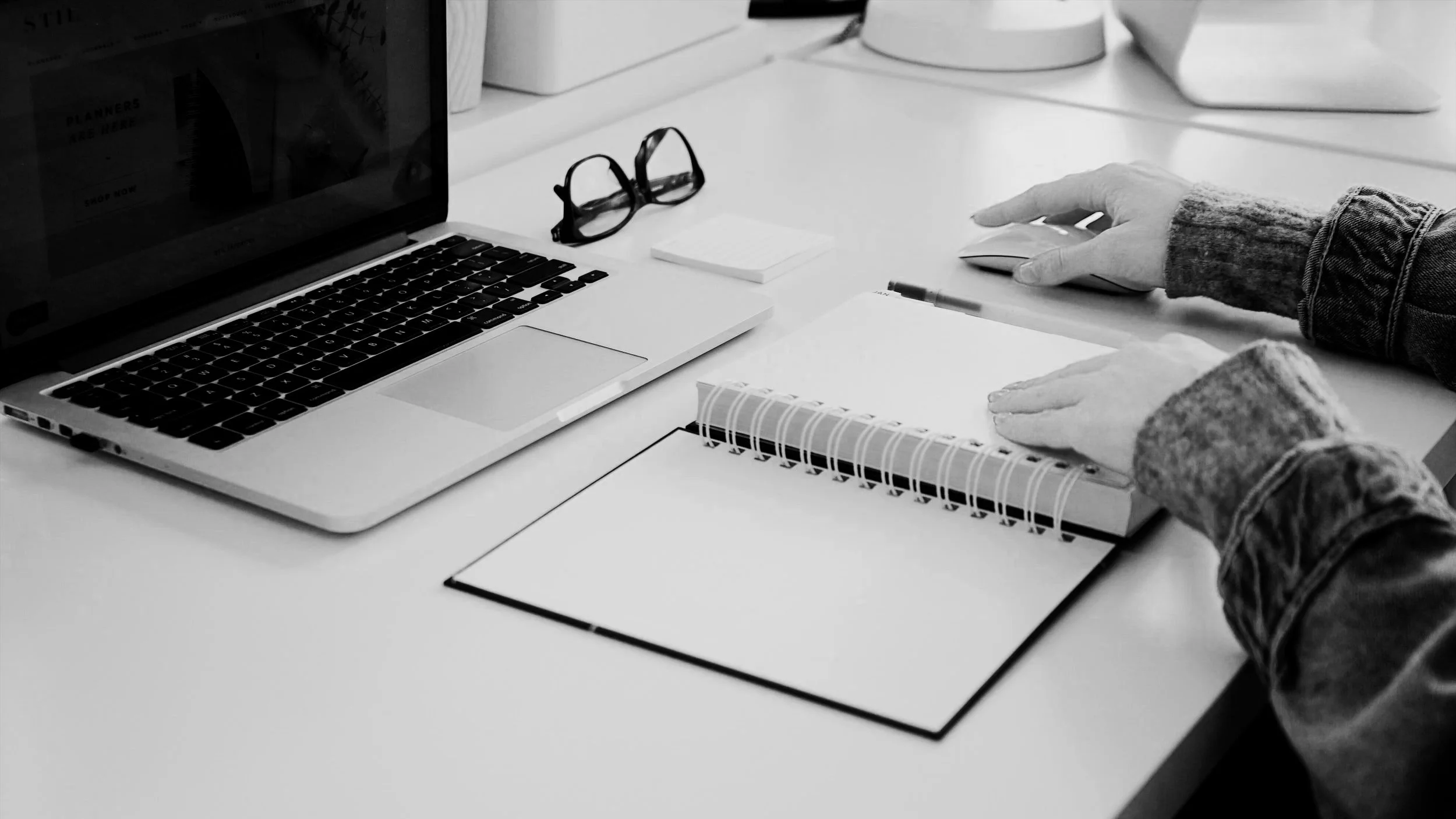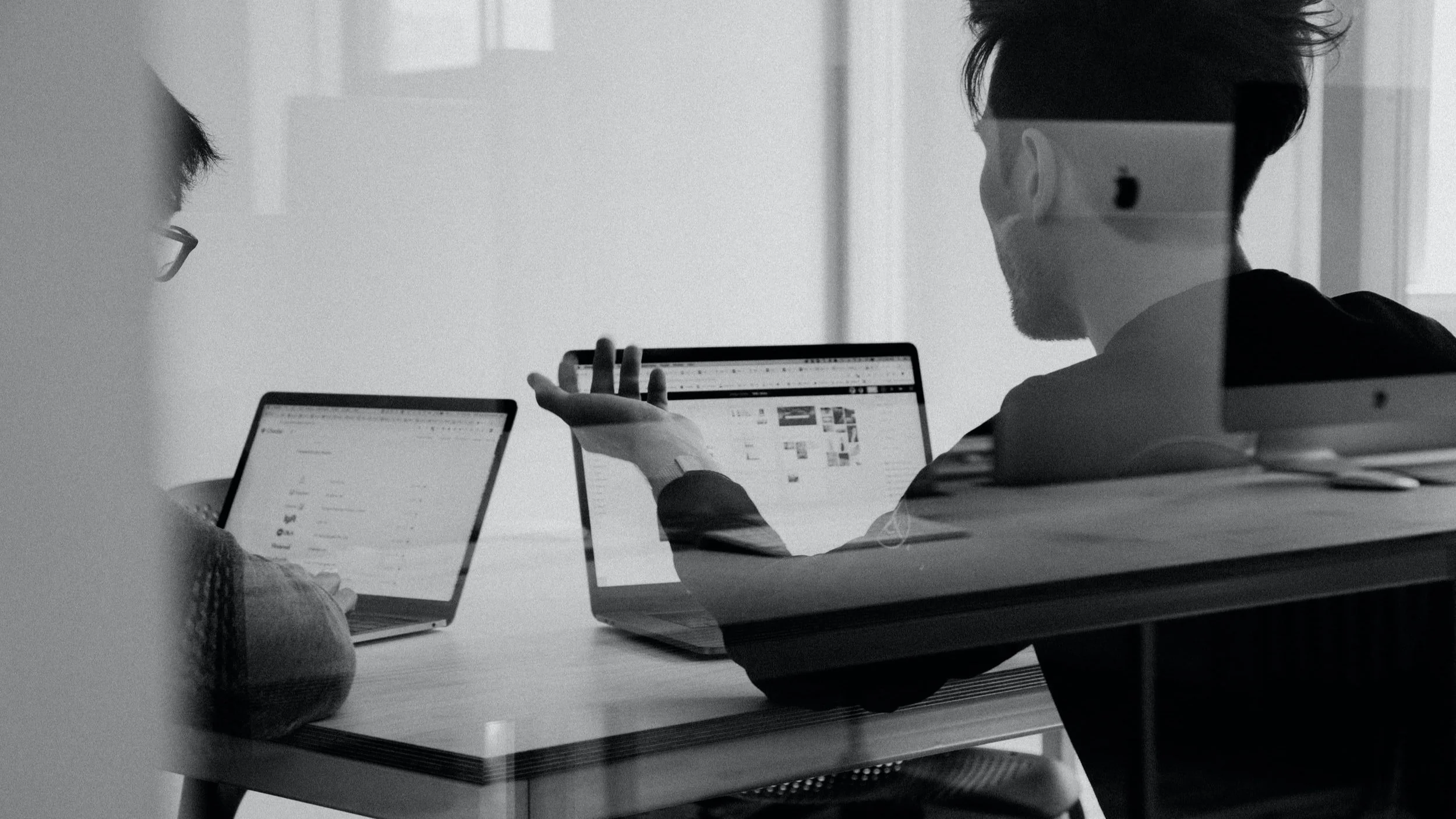Your basket is currently empty!
How To Write An Effective Design Brief
If you have ever worked with a graphic designer before, you will probably have discovered the importance of the graphic design brief. It is a crucial step in the design process and one that is necessary to save you time and money, and get you the design you want.
What is a Design Brief?
A design brief is an outline of what you are hoping to achieve from a design project. This document will contain all of the information required by a graphic designer to complete a design job, and help you to fulfil your business goals and objectives using graphic design. Sometimes the designer may utilise brand strategy or marketing methods to do this, but it is really dependent on the project. They will need to know as much as possible about your business and your goals to determine the best course of action and what type of design would work best.
If you have a consultation call with the designer, they will likely ask you a lot of questions so that they can figure out the best possible design solution for the job. They might provide you with a questionnaire to get really detailed information for the brief, but you will find it is easier to complete if you have a lot of information prepared in advance.
You may benefit from conducting an analysis of your business and the market to find out more about how it is performing comparatively to competitors, and who your current audience is. This is information that will help you to create a more complete picture of your business.
After filling out the design brief questionnaire with as much detail as possible, or sending over your own brief, the designer might have questions about some of the points. They can help you to dig deeper and uncover problems that need addressing. This is a useful and important part of the process. A skilled designer will be looking for the most effective and impactful way to solve underlying problems with their strategic design skills. You provide the information about your business, and the designer provides the strategic creative solutions.
Why Is a Brief Important?
Writing out a design brief is not only useful for the designer you work with, it can also help you to focus in on exactly what you need to achieve before starting the project. By establishing strategic goals and measurable objectives, you can have a clear measure of success for the project. You will be more likely to get the results your business needs and be able to evaluate the success of the project after it is complete.
A design brief will save time as the designer can establish what they need to do much quicker, and they will be able to create a more effective proposal. They will be able to tackle the problem you want to solve more precisely and efficiently. This in turn will mean fewer revisions throughout the design process, as you are more likely to be on the same page as the designer from the beginning due to clear communication and fewer misunderstandings. All of these factors assist in creating a positive and effective working relationship with the designer.
Clear communication and fewer changes during the design process can also save you money. The designer will be able to provide a more accurate quote for the work to be done, right from the beginning. There are also less likely to be additional costs later in the design process due to miscommunication and changes needing to be made.

What To Include in a Design Brief
It is important to describe how your business is currently positioned so that the designer can work out how to get the business to where you want it to be. You can get a great deal of value from a design project if you can provide plenty of relevant information, such as:
- What your business does in terms of services and products
- What your mission and values are
- Demographics of the current audience
- Current competition and what they do well compared to your business
- How your business is doing well compared to the competition
- How your business is currently differentiated from the competition
- Current branding and communication style
- Existing promotional materials
Provide clear and measurable information about how you would like your business to be positioned. What are your business goals, and how do you hope the design project will help you achieve those goals? What are the objectives that you can measure to evaluate the success of the project? For example, are you trying to get a certain amount of new leads, increase sales by a specific amount, or gain a number of subscribers by a certain date? Think of a realistic objective or several objectives that you can work towards, and that a design project could help you to achieve.
Describe your ideal target audience. How are these people different to the people that currently engage with your business? Provide specific demographic, psychographic, geographic and behavioural information such as:
- Age distribution
- Gender distribution
- Ethnic background
- Nationality
- Occupation
- Interests
- Behaviour patterns
- Lifestyle
- Values
Think about why this group of people need your service or solution. How will they benefit? How would you like them to interact with your business? You might have multiple audiences that you want to target, in which case rank them by priority.
Project Details
As well as the big picture stuff, the designer will need to know some other critical details that could actually determine whether they will be able to work with you or not. The project has to be mutually beneficial for both parties to be fully invested and committed to the work. It is therefore very important to share this information so that the designer can prepare properly for the job if they do work with you, or offer recommendations for more appropriate support if they are not able to do the job.
Be honest about your budget and your deadlines, and whether they are flexible or not. The designer may be able to offer you options suitable for your budget or direct you to another designer who can work within your budget. If you have a high budget, there may be premium options available or even special discounts for large orders or regular bookings.
Deadlines need to be realistic. The design process can be lengthy, especially if you want an actual decent outcome, and you are not doing yourself any favours by rushing the process. Discuss timelines with the designer to come to an agreement on what would work best for both of you. The timeline should include time allowed for:
- Consultation
- Concept development
- Communicating with the designer – responding to emails and scheduling calls
- Draft designs
- Looking over work and providing detailed feedback
- Getting approvals for designs
- Revisions
- Production
- Delivery
Try to avoid rush jobs as this can result in unfavourable outcomes, but if it is unavoidable, be honest about it. Make sure you are easily reachable during that time to provide prompt feedback and approvals so that the work can be completed on time.
Do you have existing promotional materials such as printed leaflets and business cards, or platforms such as a website and social media accounts? The designer will probably want to see these for reference. They will also need to have all the text and images that you want to be included in the designs. Have a discussion with the designer about whether you will provide these or if you would like them to source content for you. Make sure that all the materials you provide are checked over, proofread and signed off as final before handing over to the designer.
Are you the primary contact for the project? Let the designer know the best way to reach you and provide the contact details for any third party that they need to be in contact with, such as copywriters, web designers, illustrators or photographers, printers etc. If you do not yet have contacts that provide these services, the designer may be able to give recommendations for people that they work with and trust to do a good job.

Design Details
A graphic designer can make recommendations for how to strategically and creatively solve the problems that you present. It is often best (if you hire an experienced professional creative) to allow them to use their expertise, skills, and knowledge to provide you with the high quality outcomes that you pay for. A professional graphic designer will have a good idea of the outcomes that would work best for each unique design brief, the right aesthetics to communicate your brand message and the types of visuals that will appeal to your target audience.
However, there may be times when you already have an idea of what you want to have made. Be clear about the outcomes that you expect and provide details of the format, materials, measurements and any other specifications. The more detail you provide, the closer the final result can be to the expectations you have in your mind.
It is useful to share benchmarks for what you consider to be effective design. This might include links, mood-boards or Pinterest boards showing:
- Competitors you admire
- Aesthetics that you like
- Aesthetics that support your business principles
- Aesthetics that are likely to appeal to your target audience
- Aesthetics that you hate
- Aesthetics that go against your business principles
- Aesthetics that would definitely not appeal to your target audience
In Summary
A design brief is an invaluable tool, crucial to the design process. It is really important to communicate with the designer to ensure that they have all the information they need to help you achieve your business goals.
Be honest about the issues your business is experiencing, as the designer may be able to offer creative solutions that you weren’t expecting – their specialism is doing the creative thinking!
They will use the information you provide to price your project, create a project proposal, develop concepts and designs, and ultimately create the design that you want and your business needs.
Don’t skip this essential step. Not only is it a necessary part of the design process, it is a valuable exercise in getting an intimate understanding of your business – how it is doing, how it could be improved, and where your business could be in the future.

Leave a Reply